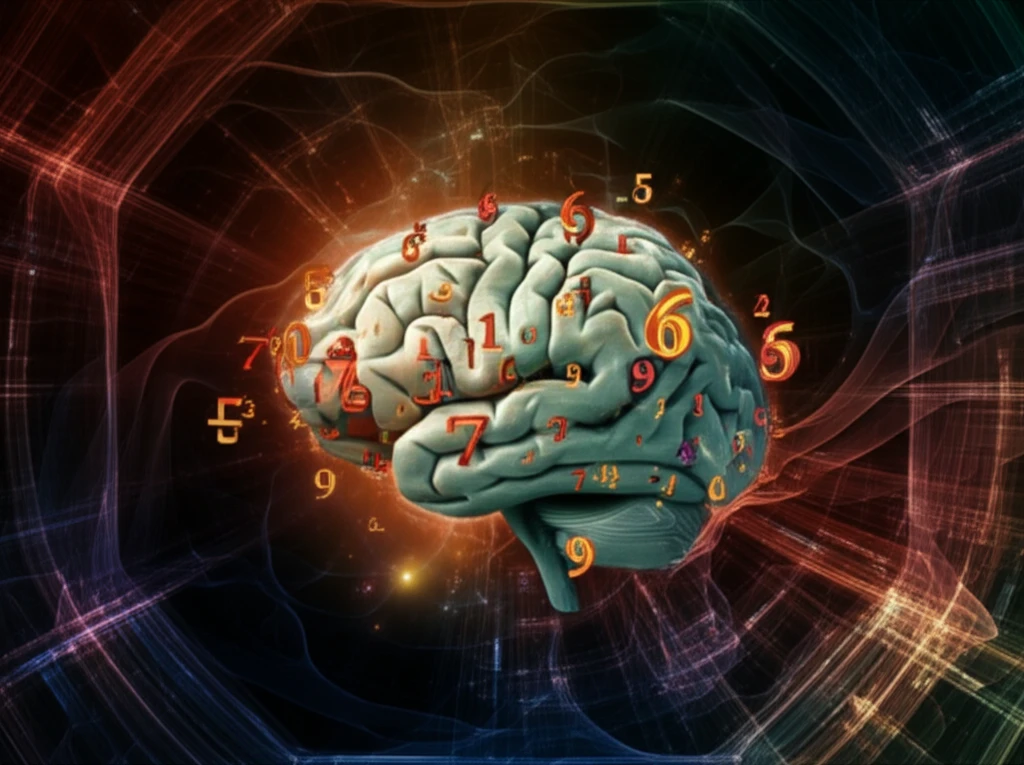
Unlocking the Secrets of Multiplication: How Problem Size and Interference Affect Your Brain
"New research reveals how your brain tackles multiplication, separating the impact of problem size and mental interference for clearer insights into cognitive processes."
Arithmetic, a fundamental skill we use daily, relies heavily on memory, especially when it comes to multiplication. Think about it: quickly recalling that 7 x 8 = 56 is much faster than counting it out. But what makes some multiplication facts easier to remember than others? Researchers have long been intrigued by two main factors: problem size and interference.
Problem size refers to the magnitude of the numbers being multiplied. For instance, most people find 2 x 3 easier than 8 x 9. Interference, on the other hand, involves the competition between similar math facts stored in our memory. Imagine trying to recall 6 x 7 when you also know 6 x 8; the similar facts can interfere with accurate retrieval.
A recent study published in the Journal of Cognitive Neuroscience sought to disentangle these two intertwined influences, examining how problem size and interference uniquely affect both performance and brain activity during multiplication. By using sophisticated brain imaging techniques, the researchers aimed to uncover the distinct neural pathways involved in these processes, providing new insights into how our brains perform arithmetic.
Why is Multiplication so Reliant on Memory?

From splitting the bill at a restaurant to calculating grocery costs, arithmetic is woven into the fabric of daily life. Its automaticity stems from the fact that multiplication and basic math are heavily rooted in memory. Over years of schooling and everyday application, we've trained our brains to recall these facts directly, rather than recalculating them each time. Direct retrieval speeds up processing and frees up cognitive resources for more complex tasks.
- Frequency of Exposure: Larger problems are encountered less often, leading to weaker memory traces.
- Error History: Larger problems are more prone to errors during the initial learning phases, creating stronger associations with incorrect answers.
- Network Interference: Verguts and Fias's (2005) model suggests that neighboring problems in our memory network compete with each other. When problems lead to the same answer (e.g., 4 x 6 = 24 and 4 x 7 = 28), they cooperate, facilitating retrieval. However, when they lead to different answers (e.g., 4 x 4 = 16 and 4 x 5 = 20), they compete, causing interference.
Untangling Cognitive Complexity
By carefully disentangling the influences of problem size and interference, this study sheds new light on the complex cognitive processes underlying multiplication. While both factors play a role, problem size appears to be the dominant driver of both behavior and brain activity in adults. The findings highlight the importance of considering both overlapping and unique contributions of each factor in understanding how we learn and remember math facts.
